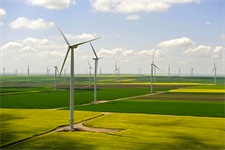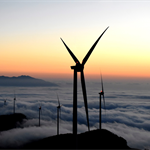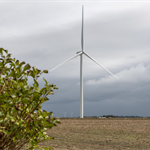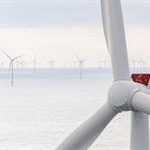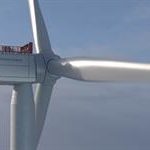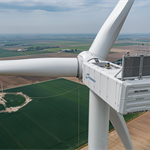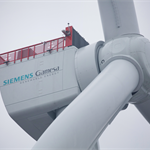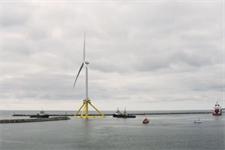GE Vernova wins 2.4GW onshore wind turbine order for Pattern Energy’s SunZia mega project
Energy Disrupter
.png)
The manufacturer has signed a deal to supply 674 of its 3.6-154 turbines to the SunZia mega project currently being developed in New Mexico.
The 3500MW SunZia Wind project is expected to be the largest wind energy project in the western hemisphere. The remaining 1.1GW of wind turbines not covered by the GE order will be supplied by Danish manufacturer Vestas.
The massive 2.4GW order will see GE increase its installed capacity with Pattern Energy to 4.3GW on completion. Pattern Energy expects the wind farm to begin operations in 2026.
GE Vernova said the deal represents the largest onshore wind turbine order it has ever received in terms of the number of turbines being supplied and the total capacity they will represent once operational.
Vic Abate, chief technology officer at GE and CEO of GE Vernova’s wind business, described the deal as “historic” and said it would deliver “critical” energy to the growing power demands of the western US.
The deal represents the culmination of 18 months of collaborative work between GE Vernova and Pattern on the SunZia project, with supply chain and site optimisation work based around the supply of the “workhorse” 3.6-154 wind turbines. GE is looking to focus on a smaller number of “workhorse” turbines that can be produced in volume, rather than offering multiple variations. The manufacturer also provided high-tech consulting and financial services during project development.
Hunter Armistead, the CEO of Pattern Energy, said the cooperative work between the two companies on SunZia meant the location and turbines chosen for the project would maximise performance and also create thousands of new manufacturing and construction jobs.
GE Vernova will supply the project from various US manufacturing facilities including its nacelle plant in Pensacola, Florida, and tower factories in Belen, New Mexico, Pueblo, Colorado, and Amarillo, Texas.
The deal comes amid renewed confidence in the domestic supply chain for renewable energy infrastructure promoted by the US government’s Inflation Reduction Act (IRA), which gives tax incentives for renewable energy projects manufactured and built in the US.
“Mega projects like SunZia, coupled with the IRA, are enabling our continued investments in wind technology, domestic manufacturing, and product quality. These investments are aiding the country’s efforts to decarbonize the electric grid in support of climate change goals,” Abate said.
Power purchase agreements – including one signed by oil major Shell and the University of California – have already been signed for the energy expected to be produced by SunZia.
The project is due to send electricity across the US south-west via an 885km transmission line – work on which was halted in November after an urgent request from indigenous groups that live in the region.

